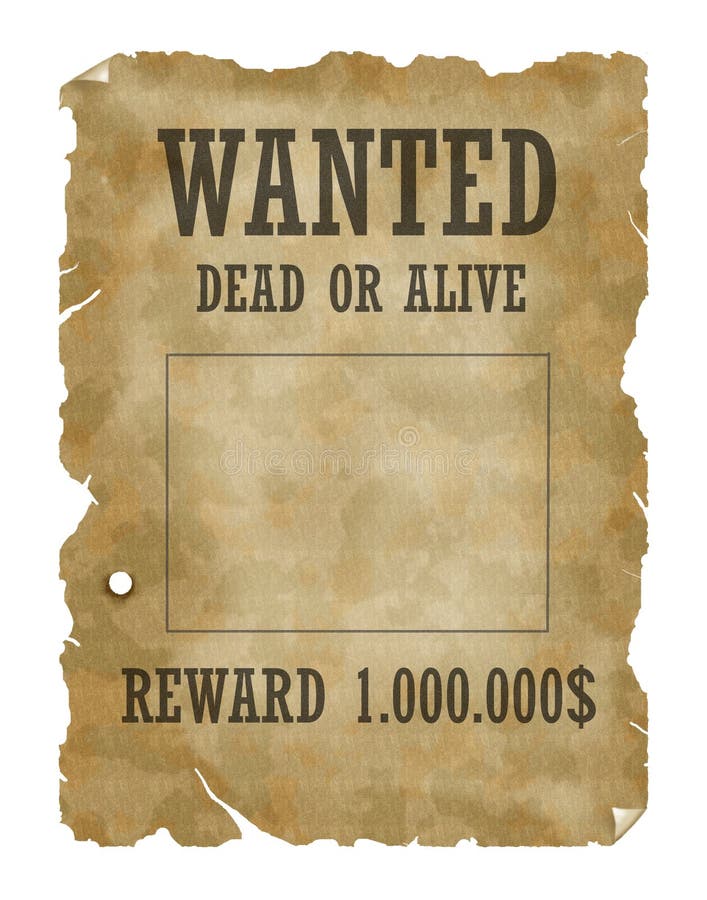
The Studio Tour is arguably the most important theme park attraction ever created. The Studio Tour and its accompanying shows would react, relatively quickly, to what audiences were responding to, be it “Battlestar Galactica,” “Conan the Barbarian,” “The Incredible Hulk” or more recently the “Fast & Furious” films and “Nope.” If Disneyland staples such as Pirates of the Caribbean, the Haunted Mansion and It’s a Small World set the template for what an attraction could be - heavily detailed dioramas that expand on a theme rather than a plot - it was the Studio Tour that would forever wed them to the popular media narratives of the moment. Today the Studio Tour is on the verge of 60 and still growing Peele’s set from the sci-fi film “Nope” was the most recent addition. The modern theme park would become a place to “ride the movies,” as Spielberg, who has long had a close relationship with Universal and its theme parks, branded them. By the mid-’70s, the Studio Tour would begin to reshape the modern theme park industry, not only ushering Universal into the field but recentering the entire medium as one that would be based around film and television franchises - intellectual property, or “IP,” in industry speak.
#Wanted dead or alive theme movie
Within months, however, Stein began a makeover of the tram tour, one that would shift it from its behind-the-scenes, borderline educational focus to one that instead would be centered around light thrills and mechanical, movie magic tricks. Everyone I worked for said it was an annoyance and disruptive and will not ever be welcomed.” I worked for the production office and was given the task of trying to coordinate how close we could come on the backlot without interfering. “Quite frankly, the tram was considered something that interfered with television production and could not successfully coexist. “It started out as two trams and a Quonset hut on Lankershim Boulevard,” says Stein, 86, today speaking from his home in Bend, Ore. As historian Sam Gennawey writes in the Stein biography “JayBangs,” Stein had to quickly stop thinking of the tour as a nuisance and instead become its biggest champion. Before being assigned the Studio Tour, Stein spent a good portion of his job trying to keep the tour out of the way of television productions. He had zero interest, in other words, in the amusement industry. While Disneyland had opened nine years earlier, other studios weren’t yet trying to replicate its success, and Stein, who had started in the mailroom, was seeking to work his way up the corporate film ladder. In 1964 the themed entertainment business was still in its infancy.

“My recollection is that this is something that can’t really succeed.” Stein was asked to recall the reputation of the attraction when, a couple of years after it opened in the summer of 1964, he was tasked to lead it.

“It was a pain in the ass, to be honest,” says Jay Stein, the now retired Universal Studios executive credited with turning the Studio Tour into the theme park force that it is today. It wasn’t always so burnished - or even a sure bet. From a shark attack referencing Steven Spielberg’s “Jaws” to a jaunt through the fake rural amusement park of Jordan Peele’s “Nope,” the tour serves as a crash course in the last 50 years of Universal blockbusters, all while jostling park guests through a simulated earthquake and a 3-D encounter with King Kong. It took 13 years before Desperados III was released, which is praised as a return to form for the franchise and the stealth strategy genre as a whole.The Universal Studios tram tour - officially designated as the World-Famous Studio Tour - is today a polished theme park ride, a large-scale attraction bundled with a host of mini attractions within it. The sequels Cooper's revenge and Helldorado are less popular and not well-regarded, usually seen generic and badly programmed. Wanted Dead or Alive is the first installment of the series, generally appreciated as a nice addition to The Western and the stealth strategy genres.

Desperados 2: Cooper's Revenge (2006, Spellbound Entertainment).Desperados: Wanted Dead or Alive (2001, Spellbound Entertainment).
#Wanted dead or alive theme series
So far, the games of the series are the following: Easily described as Commandos set in The Wild West, the protagonists are a team of bounty hunters facing armies of criminals, bandits, outlaws, led by the Arc Villain of the moment. Desperados is a Real-Time Strategy Stealth-Based Game series, originally developed by Spellbound Entertainment and currently owned by THQ Nordic.


 0 kommentar(er)
0 kommentar(er)
